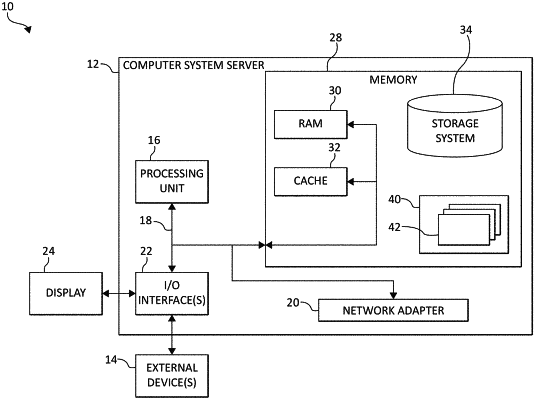| CPC G06Q 20/38 (2013.01) [G06N 20/00 (2019.01)] | 17 Claims |

|
1. A method for entity transaction interaction analysis and summarization by a processor, comprising:
receiving data from one or more communications;
executing machine learning logic to generate one or more transaction models to identify and extract transaction elements relating to one or more entity transaction interactions from the one or more communications by training the one or more transaction models to classify content of the one or more communications by performing one or more preprocessing, data cleaning, and classification operations on the one or more communications to produce a formatted transcript output, wherein at least some of the transaction elements include transcriptions of communication dialogs between a plurality of individuals in the course of engaging in one or more transaction opportunities;
executing the machine learning logic to correlate those of the transaction elements leading to successful portions of the one or more transaction opportunities, and those of the transaction elements leading to unsuccessful portions of the one or more transaction opportunities, wherein the correlating includes analyzing arguments, associated with a competitor to an entity providing the one or more transaction opportunities, to identify which of the arguments produced the successful portions of the one or more transaction opportunities;
combining the transaction elements with the one or more transaction opportunities and transaction historical data to provide a transaction summary indicative of the correlations;
receiving feedback data associated with the transaction summary; and
executing the machine learning logic to retrain the one or more transaction models using the feedback data to enable receiving a broader input set of subsequent input data of subsequent one or more communications to be analyzed by the retrained one or more transaction models.
|